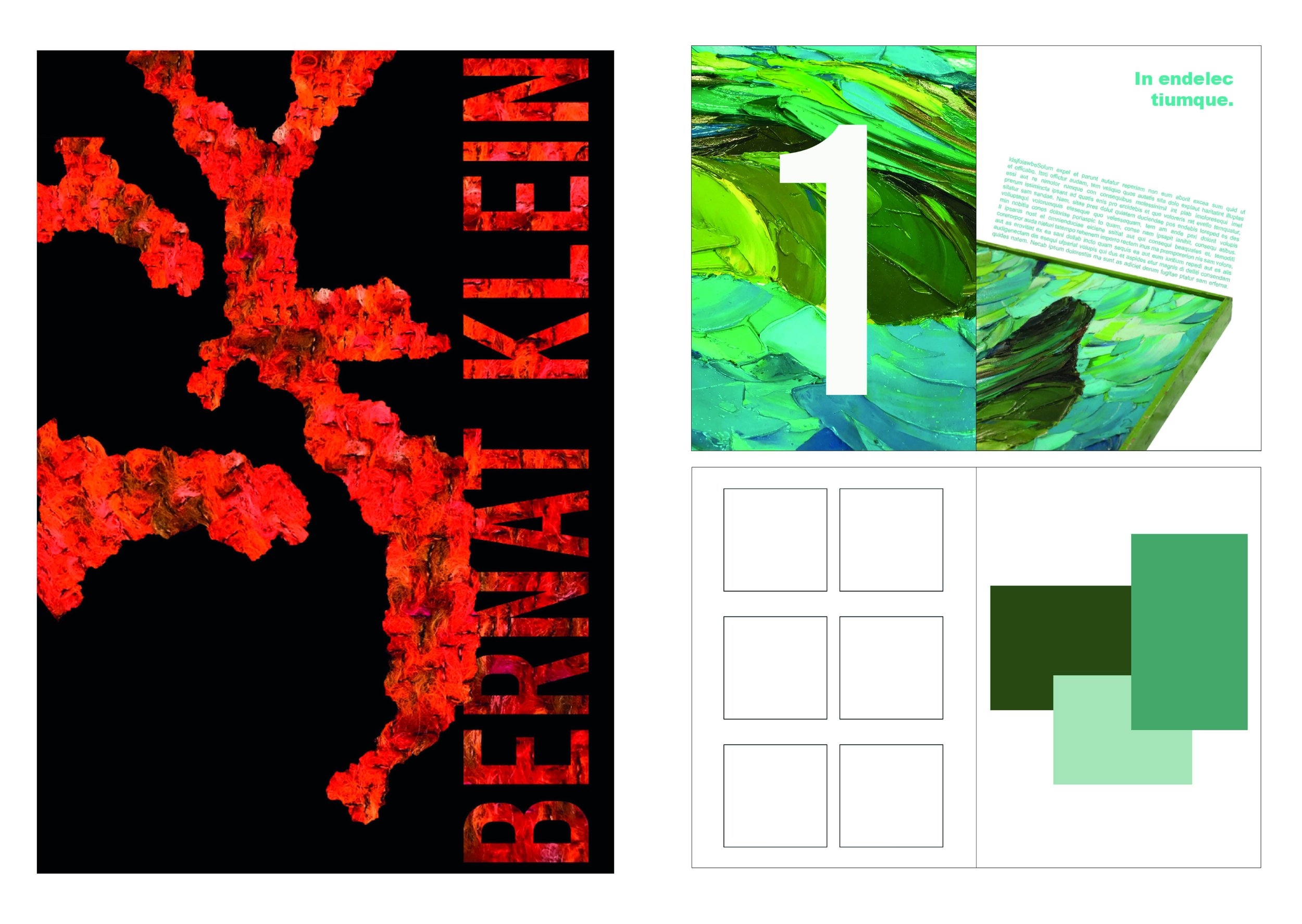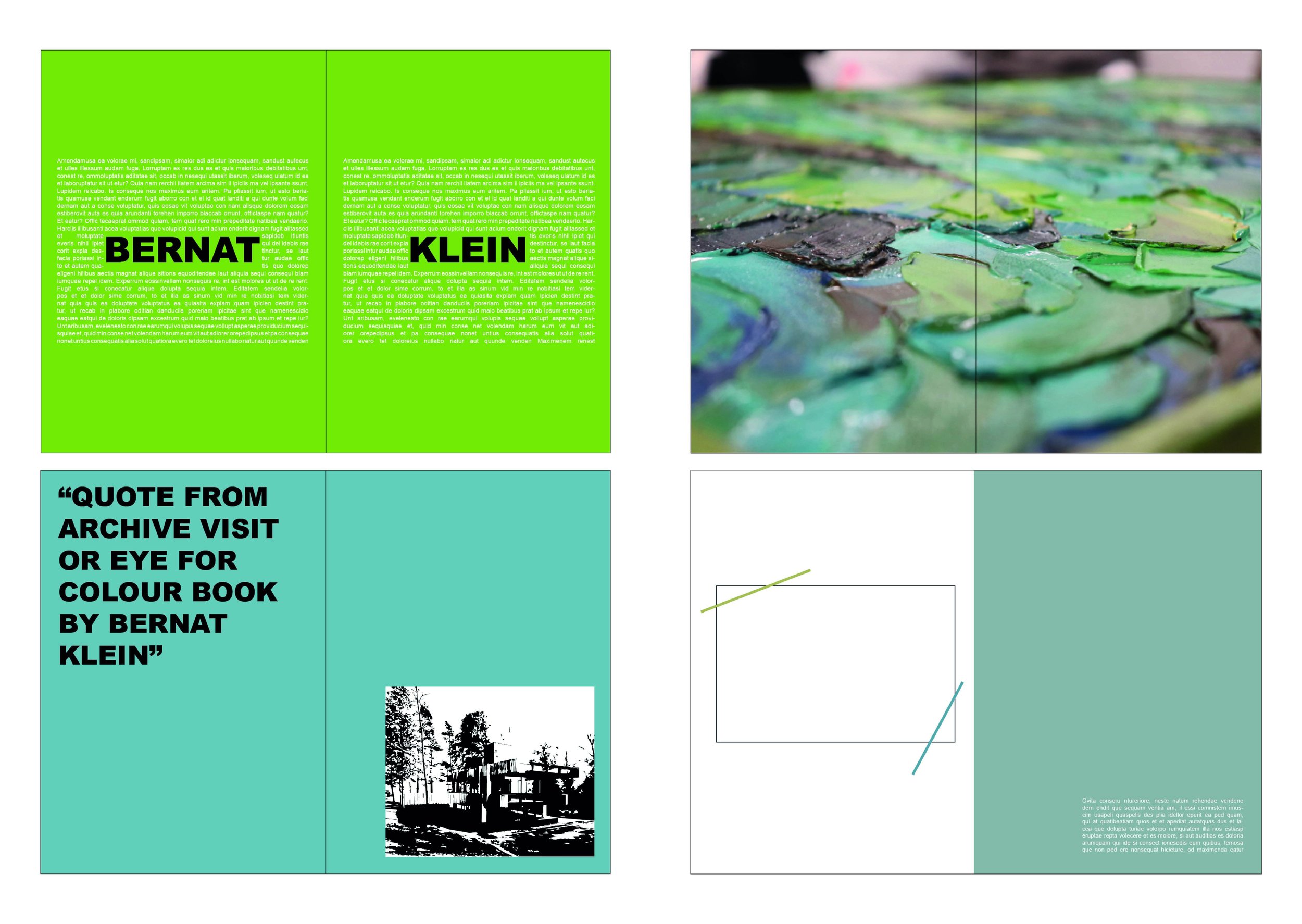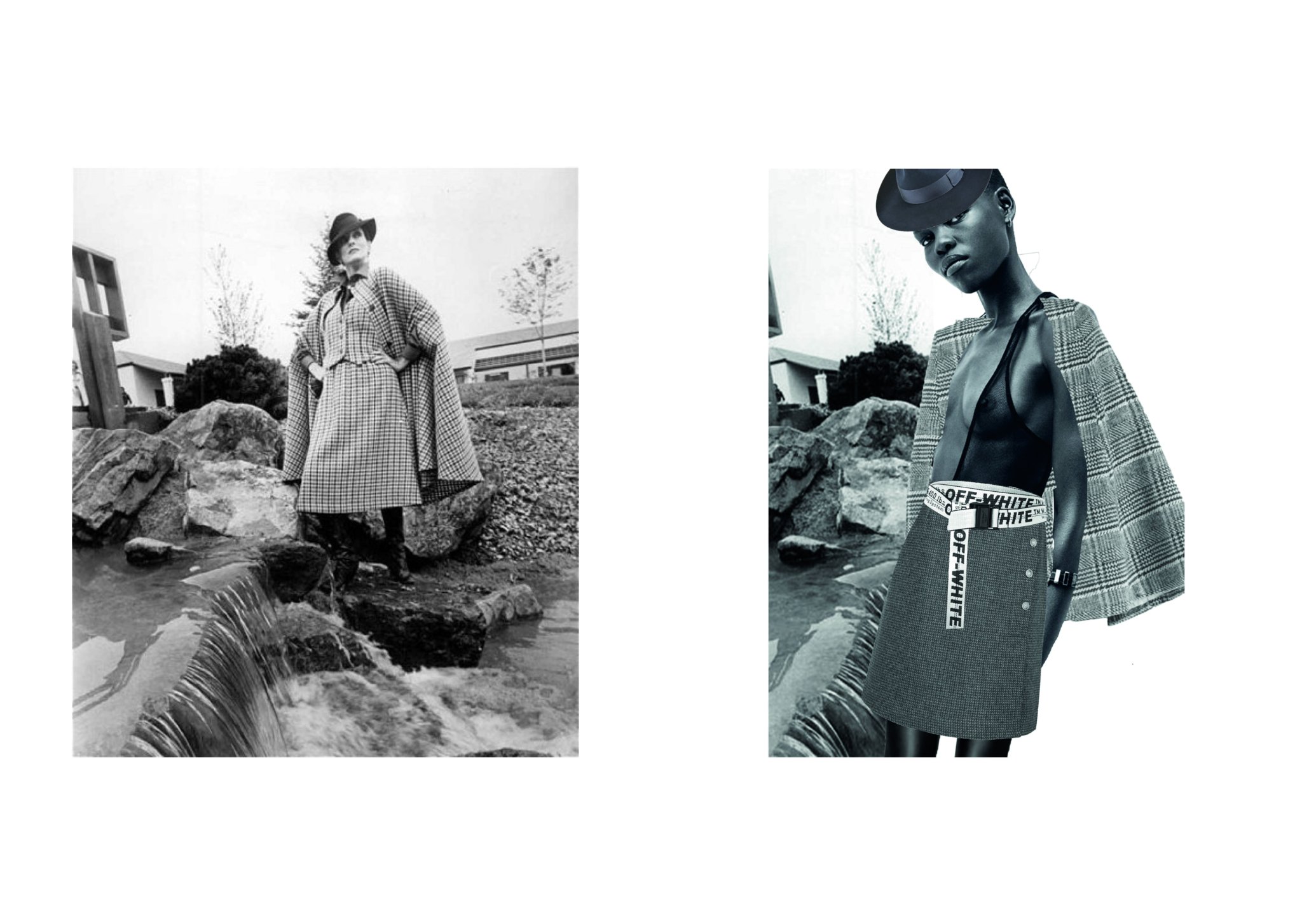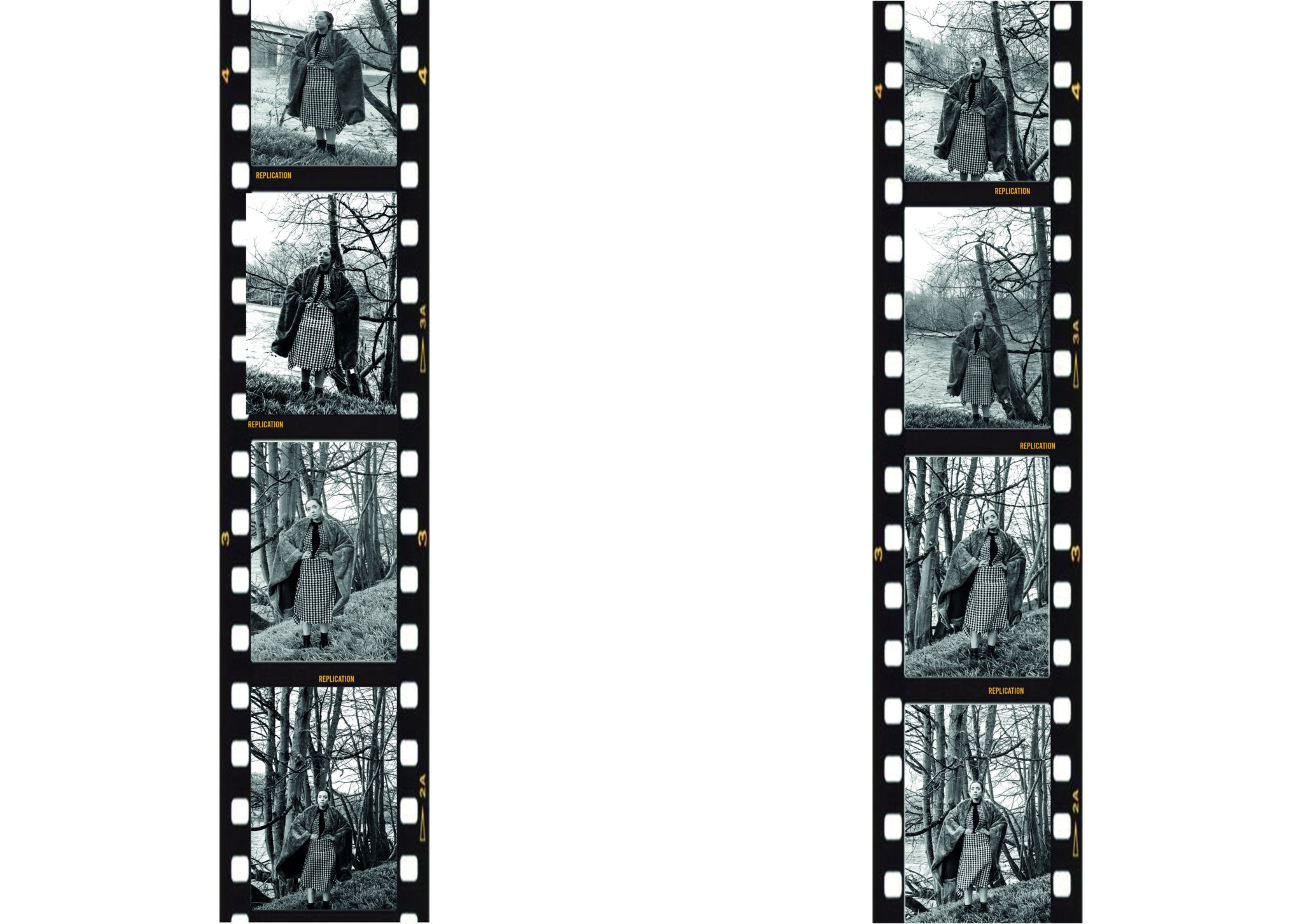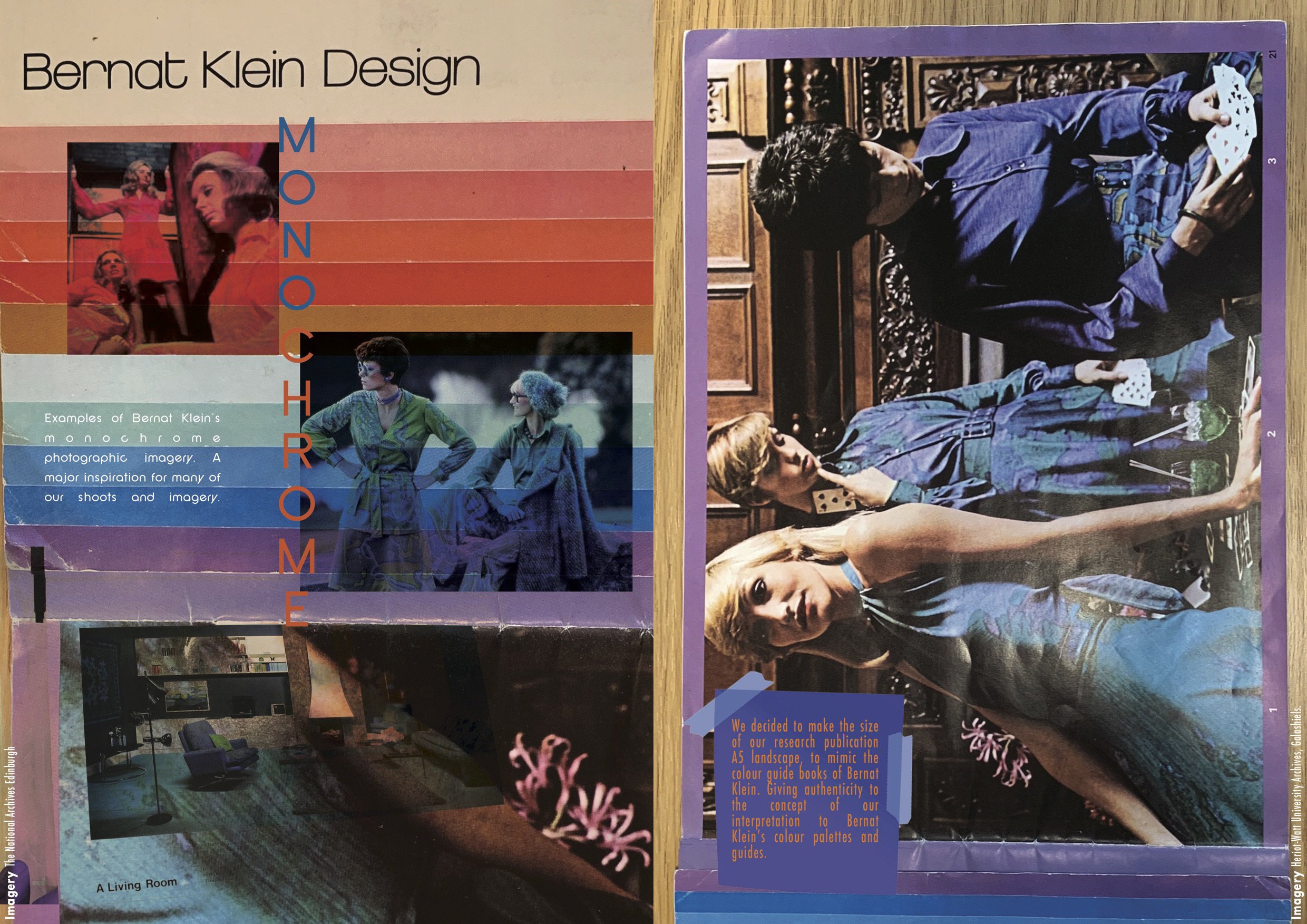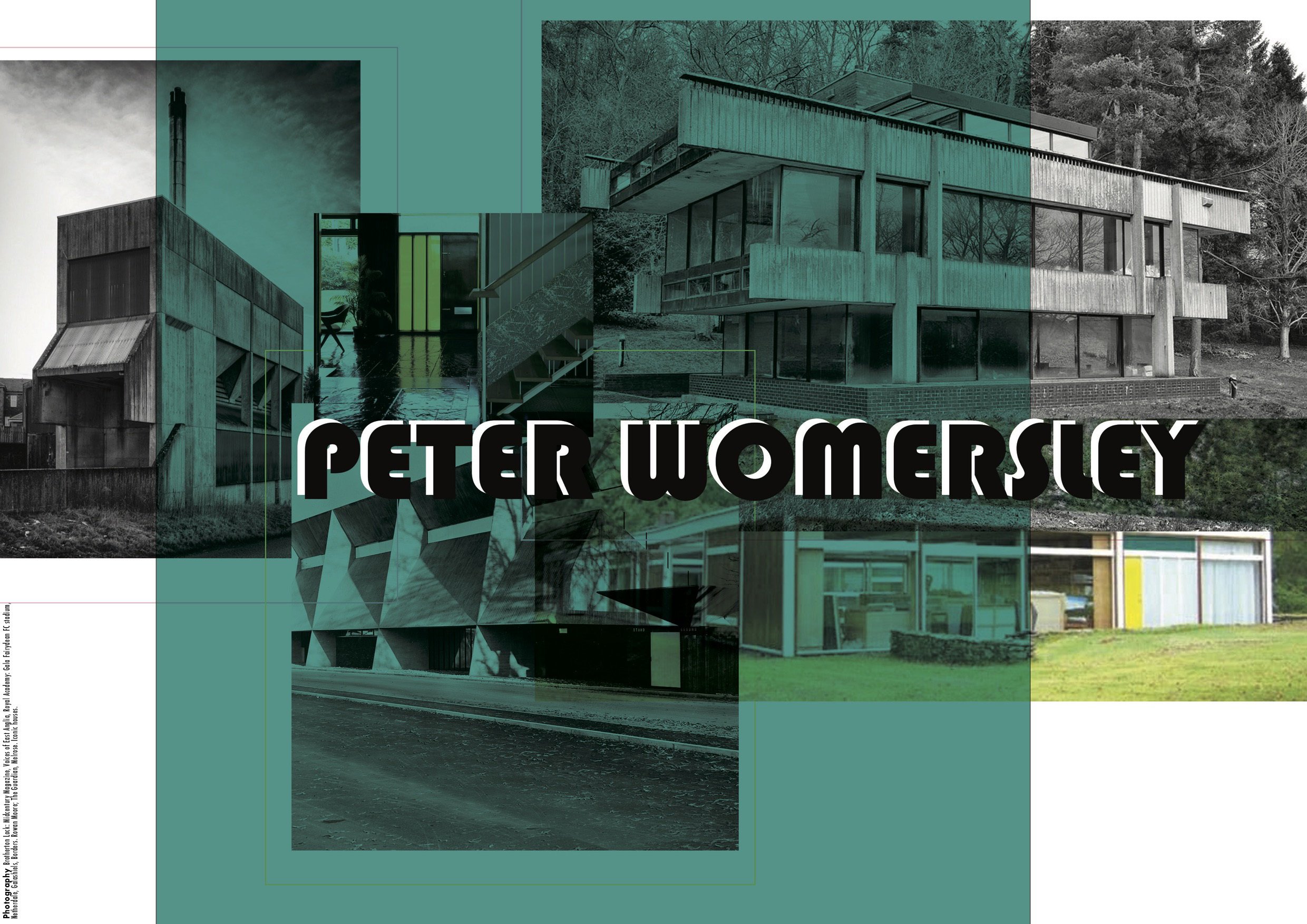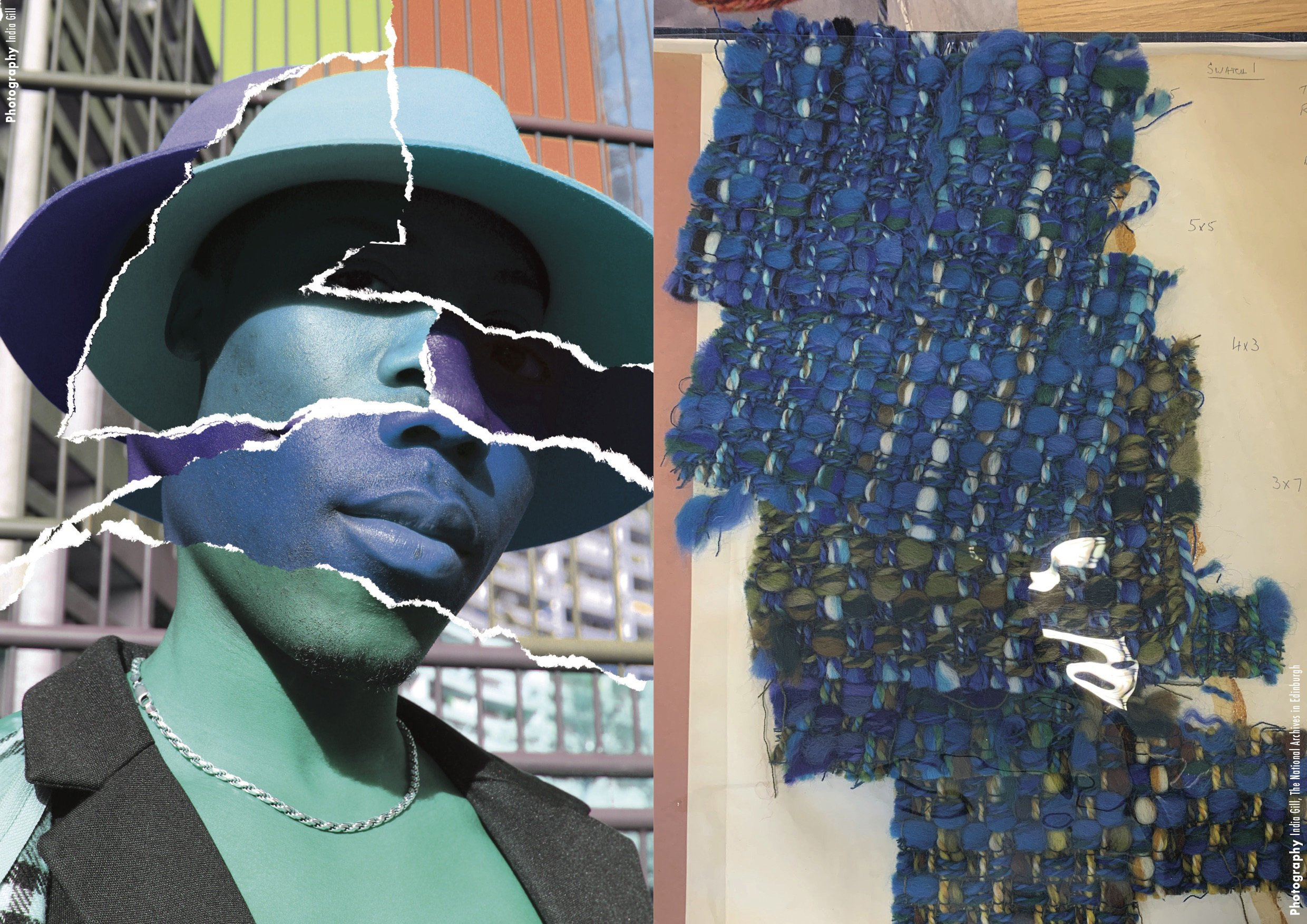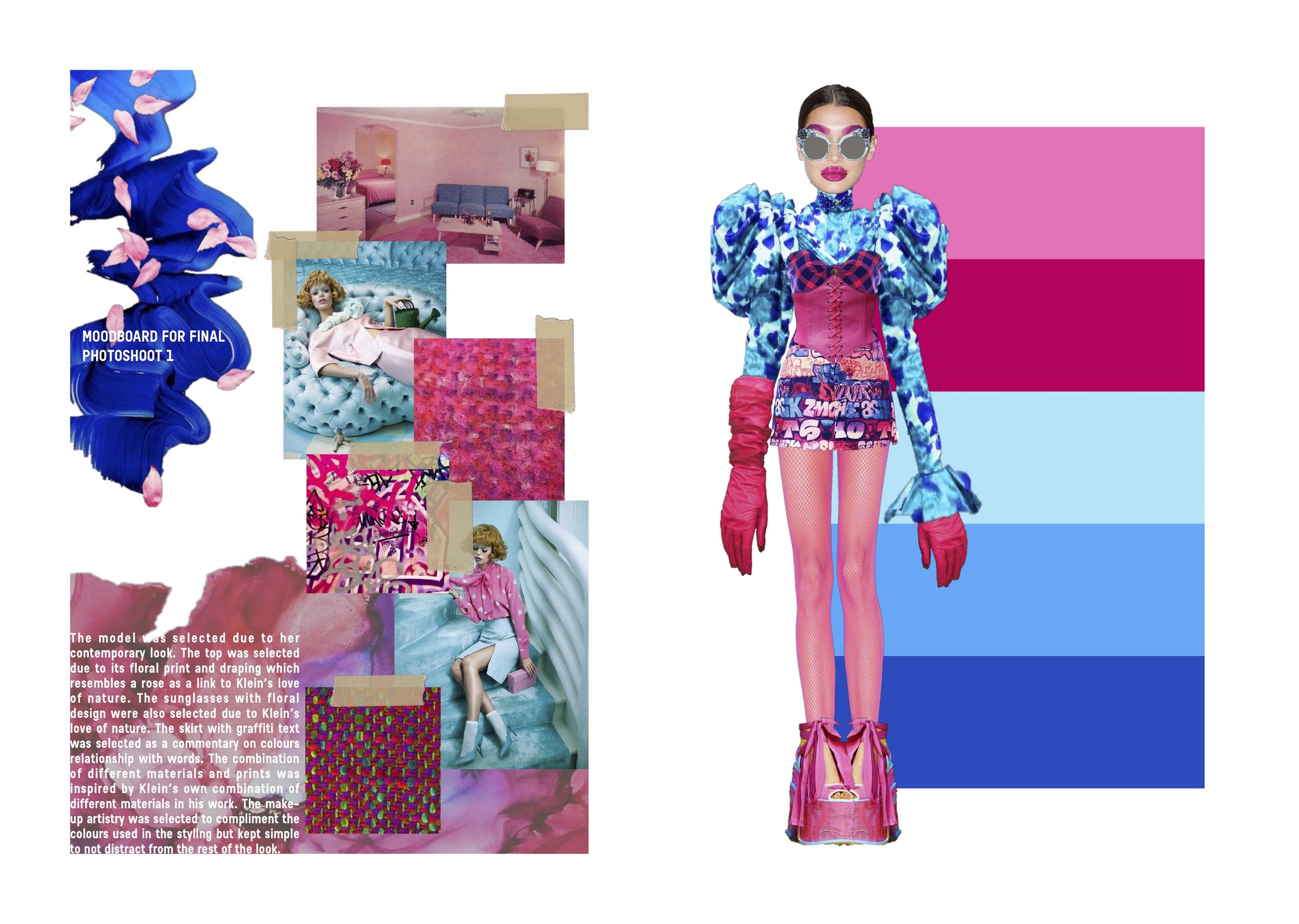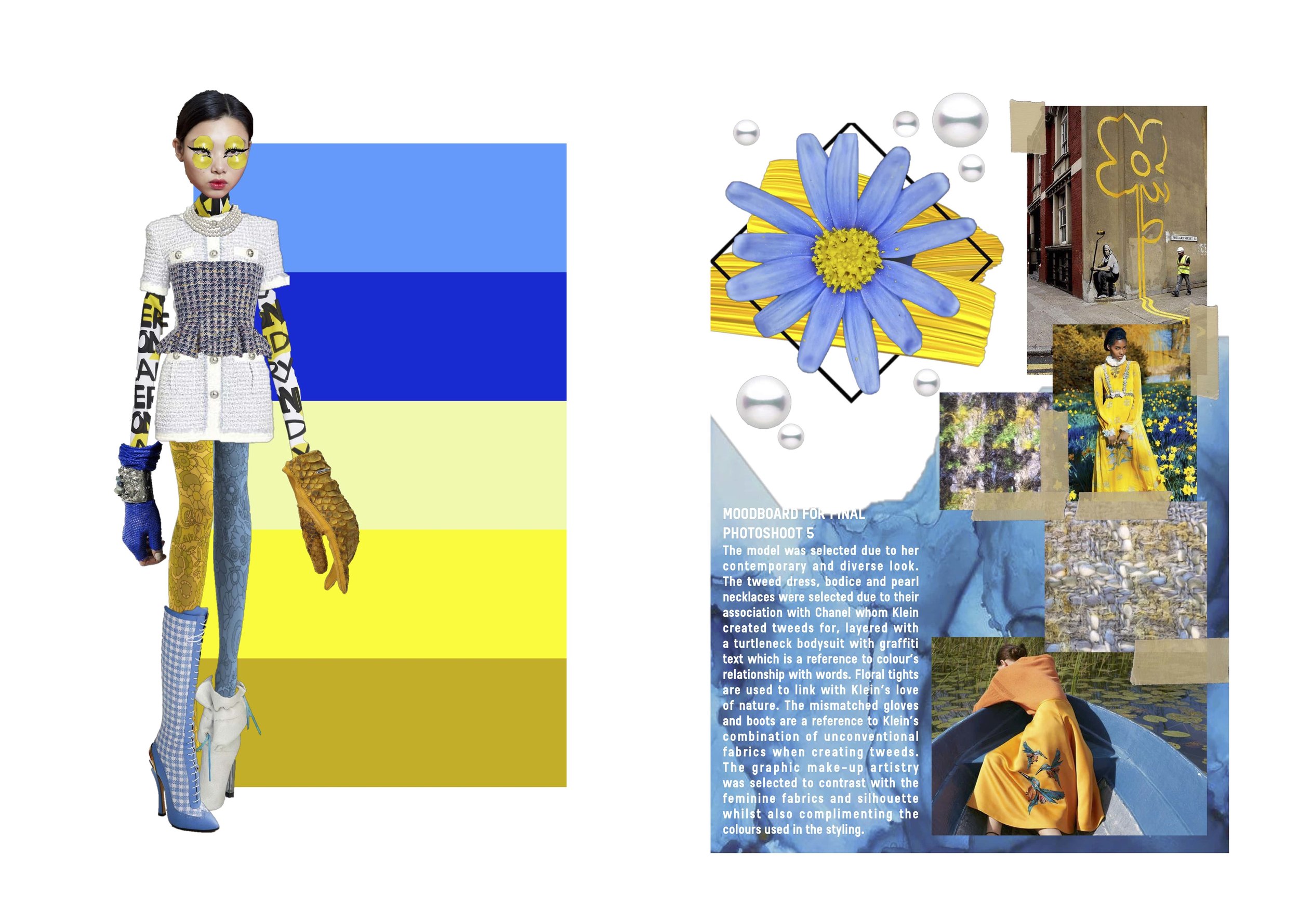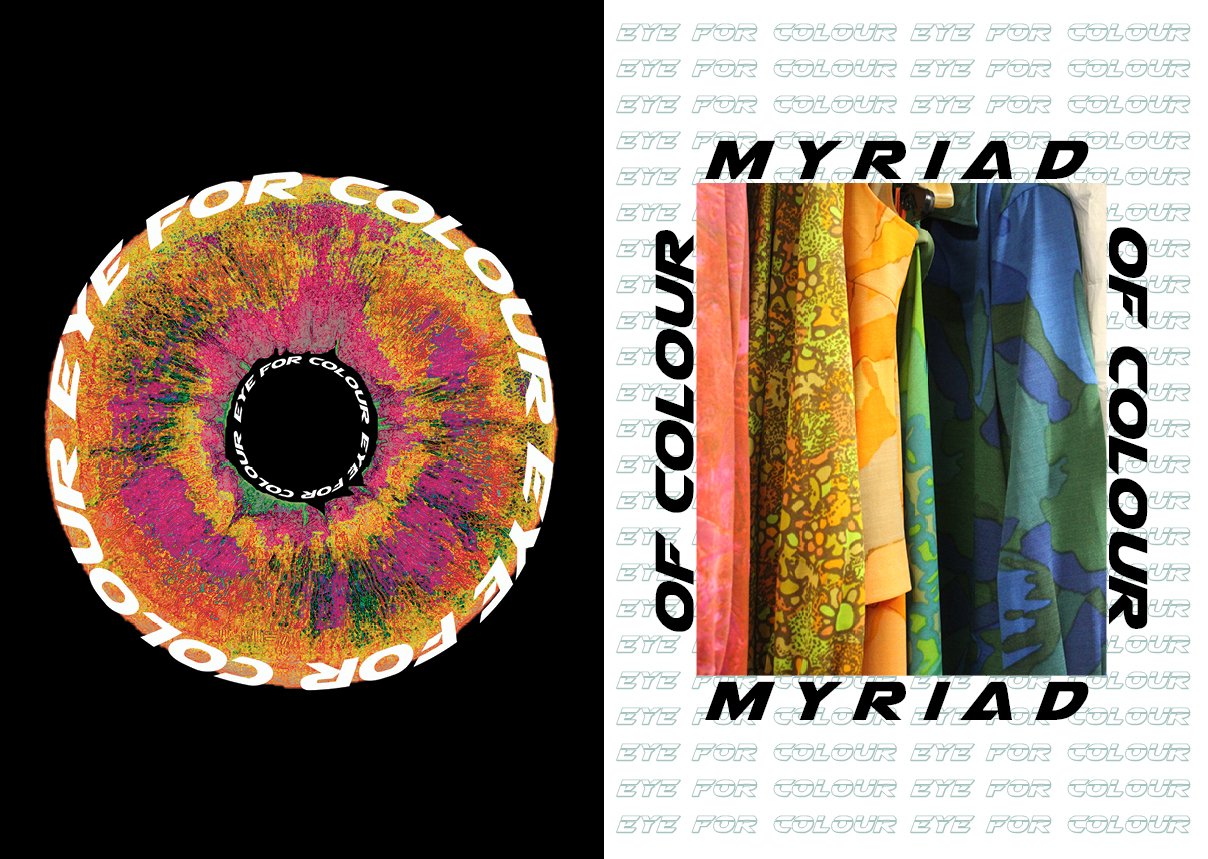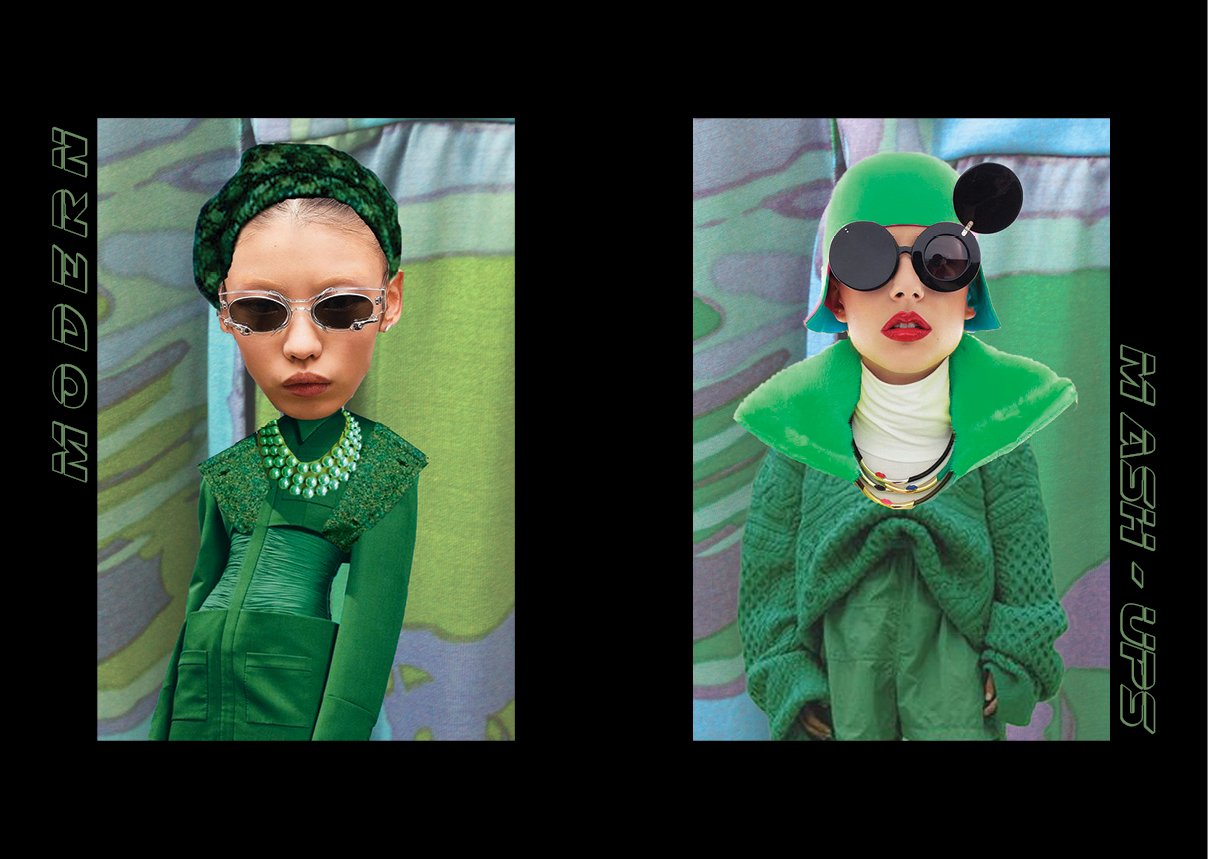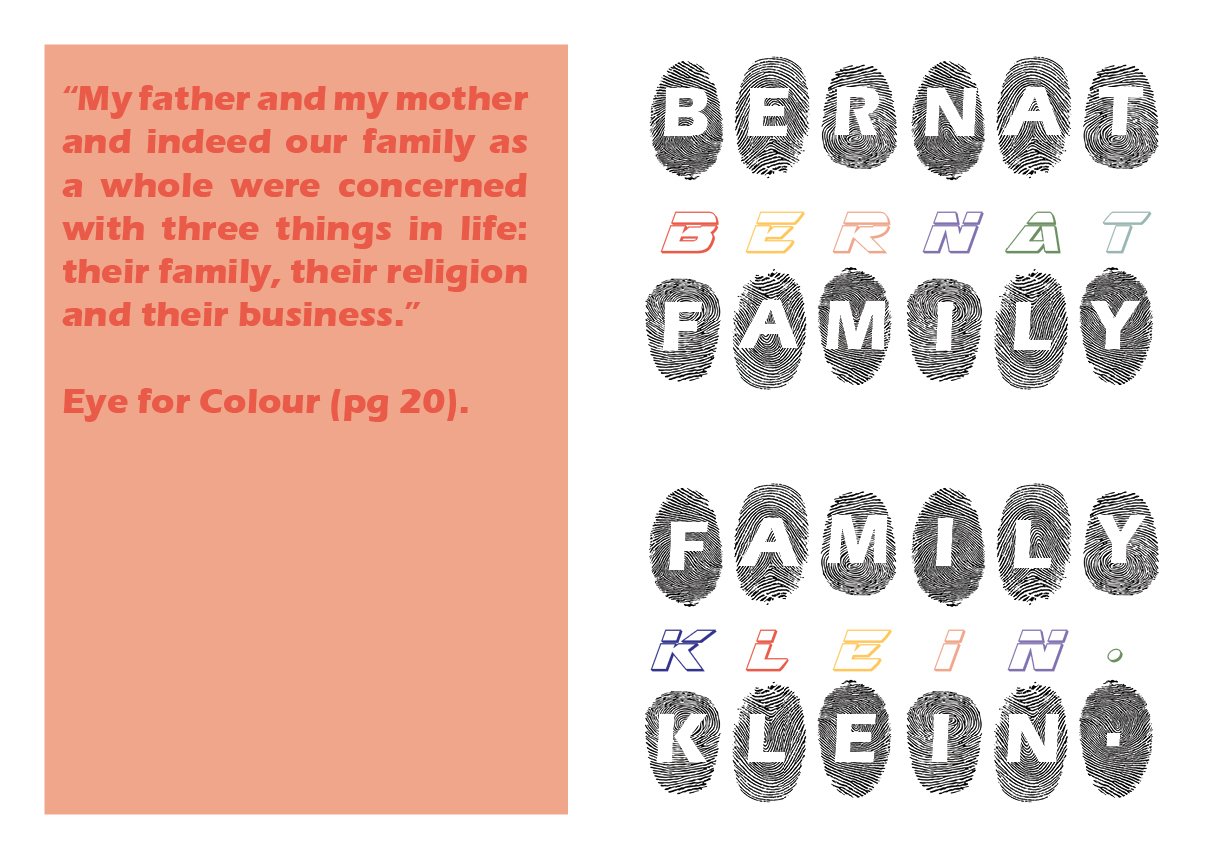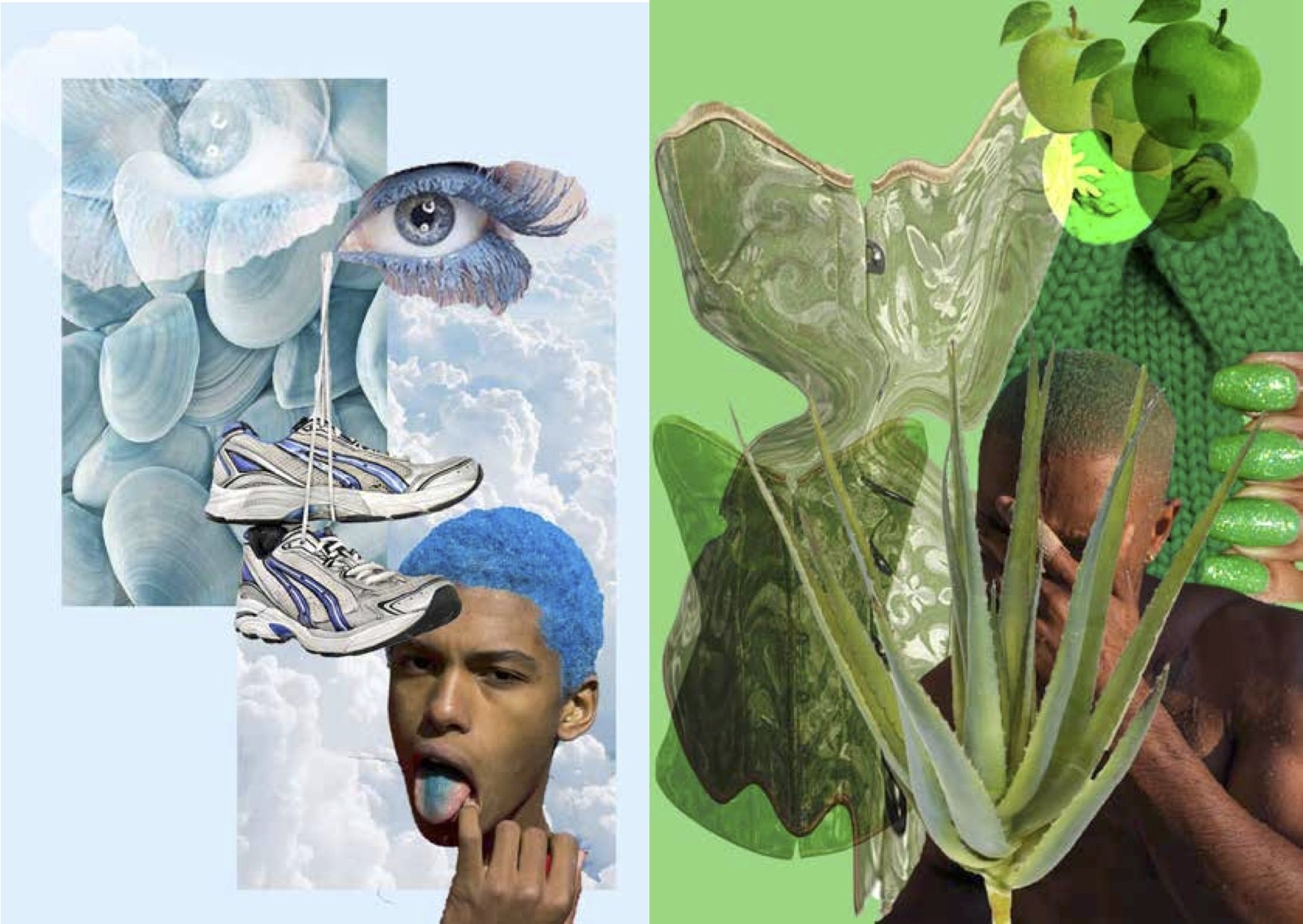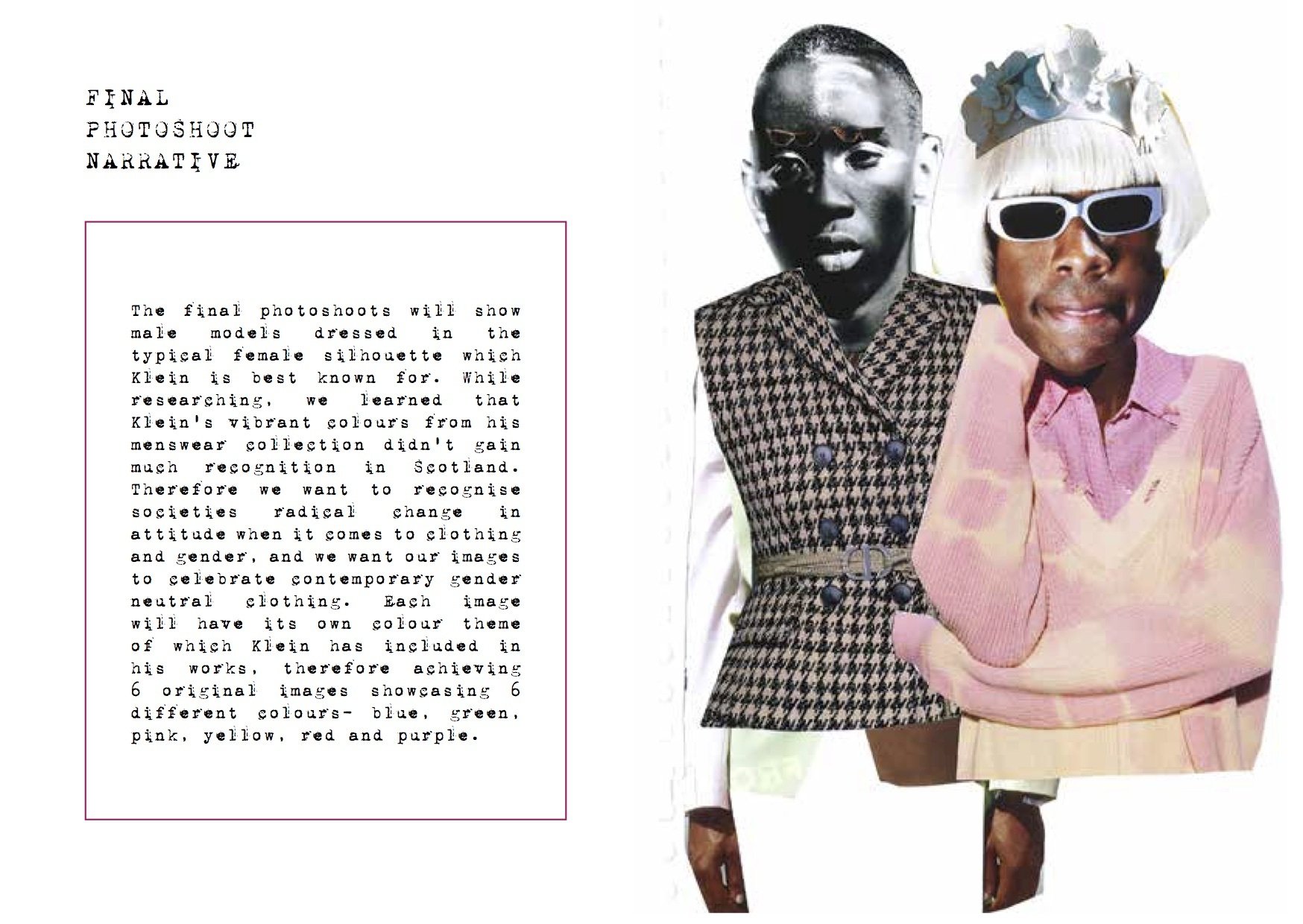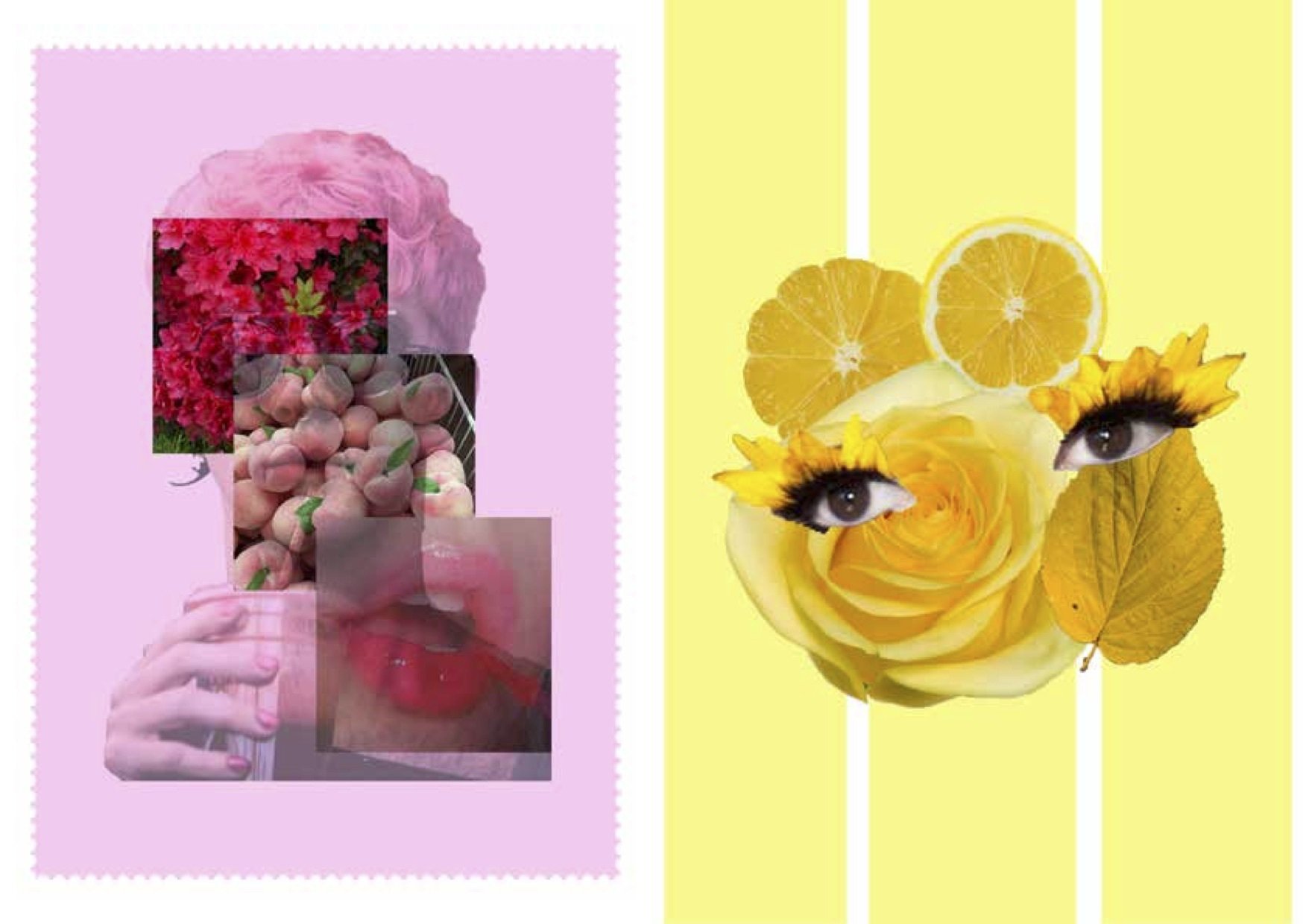Heriot-Watt University Project 2020
Bernat Klein Foundation Award Project with Fashion Communication, School of Textiles and Design, Heriot-Watt University, 2020
In January 2020 students in Year 3 BA (Hons) Fashion Communication at Heriot-Watt University in the Scottish Borders, were invited to participate in the project 'Bernat Klein: Colour, Texture, and Destination', the Foundation's inaugural educational award.
The High Mill in Galashiels was Bernat Klein's production mill and is where the School of Textiles & Design students now study.
The Textile Archive in Heriot-Watt University is located nearby the School's studios and workshops, and holds a Bernat Klein archive collection. Together with the archive held by the National Museum of Scotland, the students visited each archive and were invited to explore and respond to the work of Bernat Klein.
The Project
The student group were asked to research the Bernat Klein Archive Collections, as well as exploring the social and historical context within which Bernat Klein worked and lived.
Archive visits to the Textile Archive in Heriot-Watt University Borders and the National Museum of Scotland were organised to inspire a re–interpretation Bernat Klein’s philosophy, ethos and aesthetic sensibility.
Working in pairs, the students developed their ideas into new and contemporary Fashion Communication statements, which have been produced as digital publications with supporting research books.
Project Commentary
Throughout the project students discovered the history, philosophy and legacy of Bernat Klein, his influence on design and his personal connection with the location and environment within which they themselves are studying.
Students have worked closely with the Bernat Klein archives both at Heriot Watt University and at the National Museum of Scotland. They have immersed themselves in the historical context of his work to inspire new and direction fashion communication concepts for a contemporary audience.
Working with the Bernat Klein Foundation on this research-led design competition has been a highly rewarding and inspirational creative journey for the Fashion Communication students of Heriot-Watt University.
I would like to thank everyone involved with the Bernat Klein Foundation and the Archive Collections for their support.
Theresa Coburn,
Assistant Professor in Fashion Communication
Katie Bell and Imogen Stubbs
The narrative of our work is inspired by Bernat Klein’s environment of the Scottish Borders
The idea behind our book is that the reader can imagine walking through Bernat Klein's garden and into his home, High Sunderland and his nearby Studio.
The book will encapsulate the colours, textures, and surroundings that one might experience if it were possible to walk through Klein’s home.
Our idea is to familiarise the reader with the work and life of Bernat Klein and his use of colour - natural greens and sky blues - and colours such as the vibrant oranges created by Klein in his paintings. Through our book we want to offer an idea of his much loved home High Sunderland, a source of continual inspiration that Klein translated into his studio work.
India Gill and Olivia McGauley
Our project is inspired by Bernat Klein’s obsession with colour
We started by focusing on Pointillism, the style of painting and its concept of using individual points or dots of colour to create a larger complete image. Almost like a kaleidoscope lens, it breaks down the colours just like Bernat Klein's early work where he developed colour, and the mixing of colour in a completely different way with their endless possible combinations.
Our project is about how the eye perceives colour, and Klein’s interest in the relationship between the eye and colours that suit individuals. The eye forms a recurring symbol or graphic image throughout, and Bernat Klein’s colour books influenced how our publication will be broken down into sections of colour.
Ziyi Meng and Brogan Coll
Our project has been driven by Bernat Klein’s love of colour and nature
Through our research of Bernat Klein’s work, we selected colour stories inspired by his artworks, textiles and the landscape of Galashiels and the Scottish Borders.
We were inspired to produce contemporary graphics and styling solutions, which are both spirited and daring, echoing Klein’s own innovative and radical use of colour. Centred around the notion of being a ‘colourist’, we used colour combinations to provoke different emotive responses, through a contemporary aesthetic, and to highlight how colours are just as important as words.
Sophie Corbett and Kyle McAuley
Inspired by Bernat Klein’s relationships and heritage as expressed in his book 'Eye for Colour'
Having studied Klein’s autobiography we were inspired by his theory behind the relationship between the warp and the weft of the loom; and how he used this idea to emphasise the symbolic nature of life to our own physical and emotional relationships. This also inspired the layout of our books - ‘The Warp’ and ‘The Weft’ - just as his book was organised.
Using this theory, our project explores various relationships but stays true to Klein’s concept of colour coordination and palette. Through this we hope to appeal to a variety of readers who will be informed about his work and home life, prior to his move to the Scottish Borders, and to give a well-rounded history of the influential designer.
Amy Owens and Lois Rutherford
Our research book will take the form of its own mini archive
Our A6 book will gather visual information and images from both Heriot-Watt and the National Museum of Scotland archive visits, which we found most aesthetically pleasing and relevant to discovering Klein’s career. The book will be mainly visual with minimal text describing the link to Klein’s work. For example, one page will show Klein’s blue spaced-dyed mohair and velvet ribbon woven textile, alongside a short passage explaining that it was used for a coat worn by Princess Margaret in 1964.
At the beginning of this project, we didn’t know who Bernat Klein was, therefore the idea behind this book is to introduce people to Klein’s work with texture, colour and an aesthetic that is simple and accessible.
The final photoshoot will show a contemporary aesthetic of male models dressed in the typically female silhouette, which Klein is best known for. While researching, we learned that Klein’s vibrant colours of his menswear collection didn’t gain recognition in Scotland in the 1960s.
Consequently we want to recognise society’s radical change in its attitude to clothing and gender, with our images celebrating contemporary gender neutral clothing. Each image will have its own colour theme, mirroring what Klein included in his work, and to achieve six original images showcasing six individual colours.



